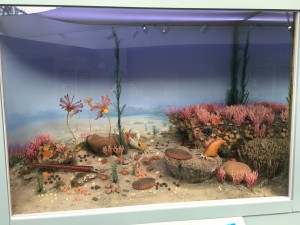Last Tuesday, I attended the Town Hall meeting held in the Klarman Atrium with fellow Rose Scholars. There, several other members of the Ithaca community including Mayor Svante Myrick discussed different plans for construction in Collegetown, housing in Downtown Ithaca, and the controversial Ithaca Plan.
Since I’ll be looking for off-campus housing myself in the near future, the segment about Collegetown was a deep interest of mine. Many Collegetown residents have had to deal with construction noises early in the morning as well as the unsightly views of building renovations along Dryden Ave, Eddy St, and College Ave. None of these projects are likely to be done in the near future, but the Director of Planning, Building, and Economic Development expects that these projects will not only be completed within the next five years, but will also bring more traffic to the Collegetown area. Myrick expressed concern for Collegetown as well, stating that he was embarassed to see the area in a state of such disrepair. But after more housing projects are completed and construction is finished, there should be more commercial business within the area for accepted families and current students to enjoy.
Initially before Myrick spoke of the Ithaca Plan, I was supporting him. I had talked about his plan for a supervised injection facility with my parents, who were more than skeptical. But after hearing Myrick talk about what kind of planning and research went into the Ithaca Plan, I am all the more for it. Myrick had wanted a new way to combat the war on drugs; he spoke with over 300 people within the Ithaca area to talk about their opinions towards drug use. Myrick and his officials composed research into the facilities, seeing the effects of supervised injection facilities in Vancouver, CA and Switzerland, where many people who visit supervised injection facilities not only can prevent overdose deaths, but also decrease usage of heroin and other drugs within the area. The main point of having a supervised injection facility is to save lives and help people recover. “Dead people don’t recover,” Myrick stated.




